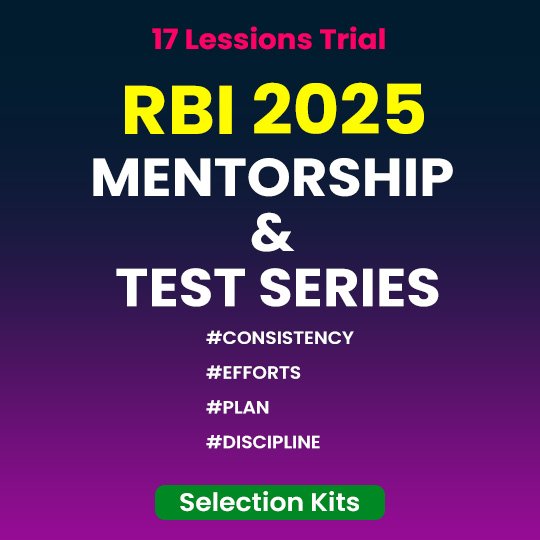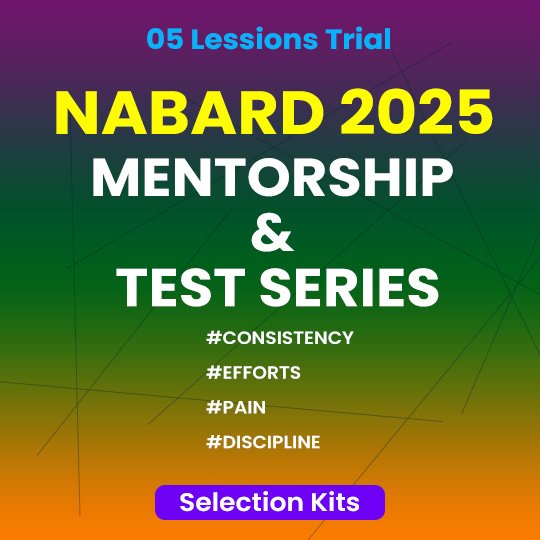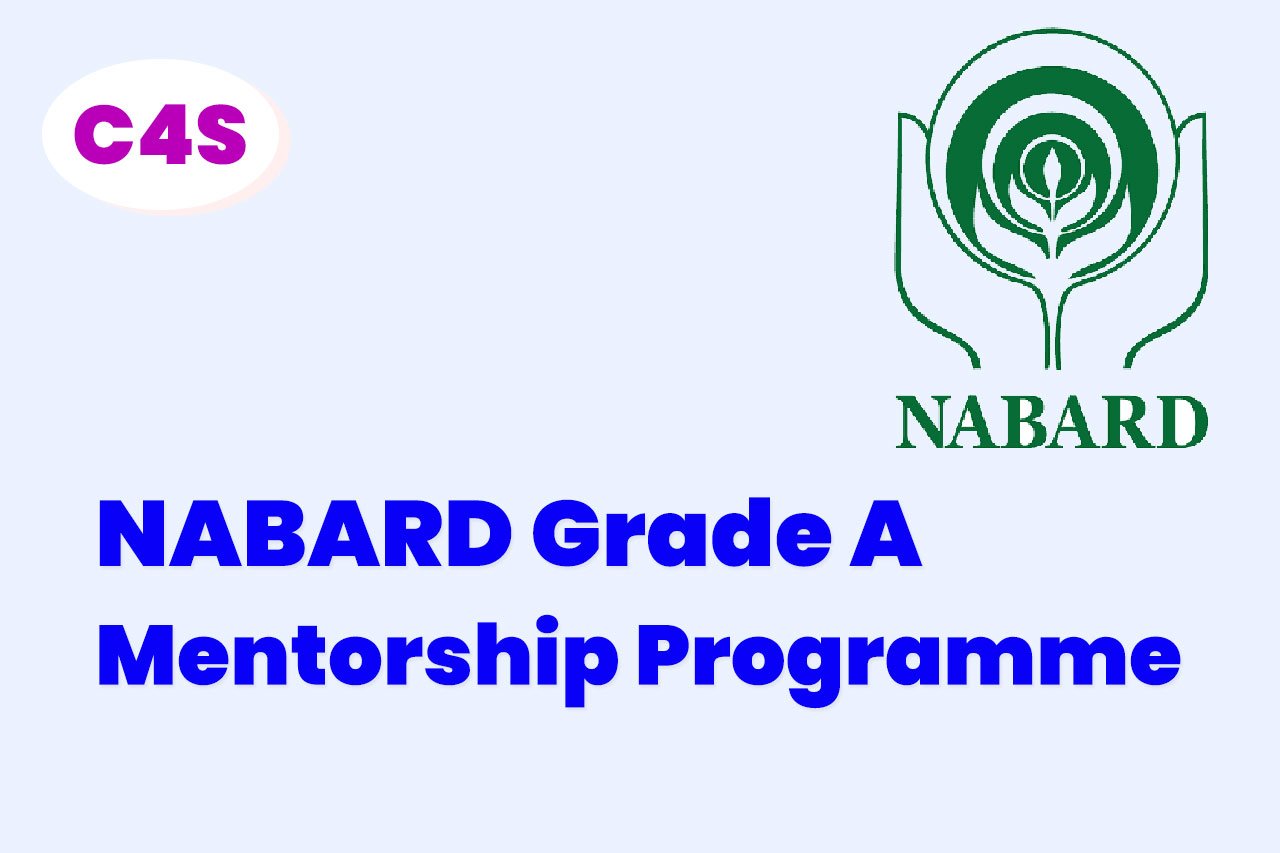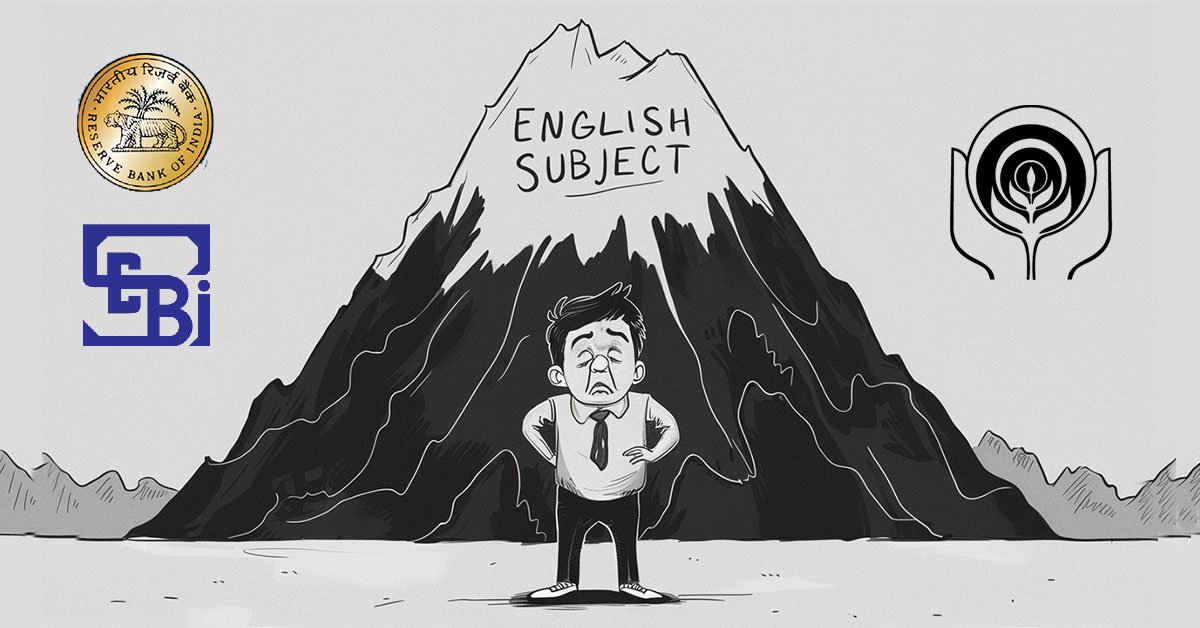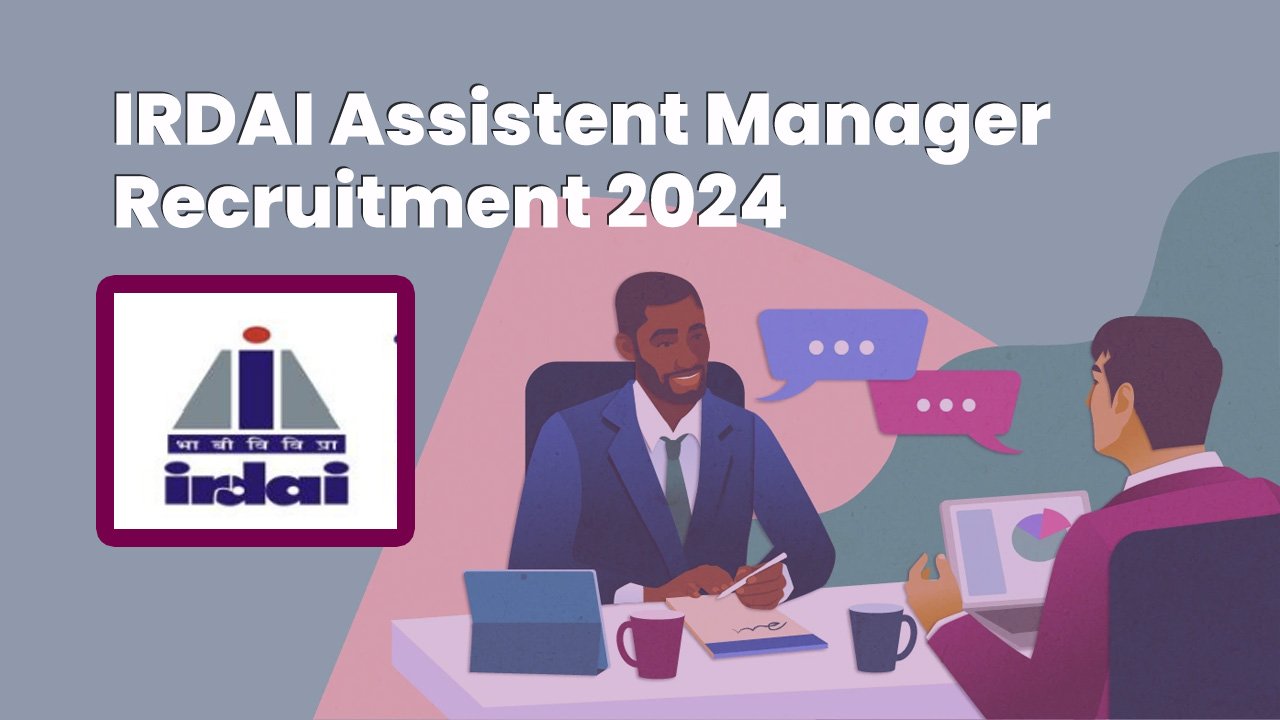Source: TH
Context:
A rare example of human–wildlife cooperation between Indo-Pacific humpback dolphins (Sousa plumbea) and traditional artisanal fishers in Kerala’s Ashtamudi Lake (Kollam) will be the focus of an international research project running until 2028. The study aims to understand the ecological and behavioural mechanisms behind this unique inter-species collaboration.
Indo-Pacific Humpback Dolphin (Sousa plumbea)
The Indo-Pacific humpback dolphin is a coastal marine mammal found in the warm waters of the Indian Ocean and western Pacific.
- Scientific name: Sousa plumbea
- Family: Delphinidae
- Common name: Indo-Pacific humpback dolphin
- Category: Marine cetacean (toothed whale group)
- IUCN Red List: Endangered (in many local populations)
What Is the Dolphin–Fisher Cooperation?
In Ashtamudi Lake, a remarkable symbiotic behaviour occurs:
- Dolphins drive schools of fish towards shallow waters near the shoreline.
- They signal the fishers by tail-slaps or rolling behaviour.
- Fishers immediately cast their nets, resulting in:
- High fish catch for humans
- Access to scattered fish for dolphins
This mutually beneficial behaviour is extremely rare and is considered one of the last surviving examples of human–wildlife cooperative hunting.
Ashtamudi Lake (Kerala)
Ashtamudi Lake is the second-largest estuarine system in Kerala and a major part of the Kollam Backwaters. Its name means “eight-coned,” referring to its eight canal-like arms.
Location
- Situated in Kollam district, Kerala.
- Connected to the Neendakara estuary and ultimately the Arabian Sea.
- An important part of the Ashtamudi–Vembanad wetland system



